Name Renee Green Role Writer | Siblings Derrick Green Nephews Nolan Maddox Green | |
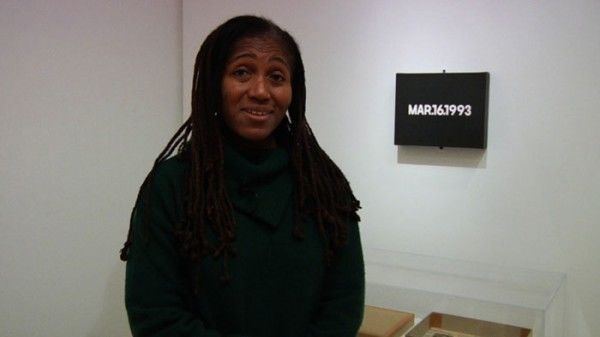 | ||
Books Other Planes of There: Selected Writings, After the Ten Thousand Things People also search for Derrick Green, Gregory Lawrence Green, Karim Ainouz | ||
Ren e green and fred moten at 356 mission
Renée Green (born 1959) is an American artist, writer, and filmmaker. Her pluralistic practice spans a broad range of media including sculpture, architecture, photography, prints, video, film, websites, and sound, which normally converge in highly layered and complex installations. Green studied art at Wesleyan University, with an intermediary year at the School of Visual Arts in New York. Green also attended the Radcliffe Publishing Procedures Course, at Harvard University, Cambridge, MA. In 1989 she was a participant in the Whitney Museum of American Art Independent Study Program (ISP). She is the sister of Derrick Green, frontman of the metal band Sepultura.
Contents
- Ren e green and fred moten at 356 mission
- Ren e green ongoing becomings mus e cantonal des beaux arts lausanne
- Work
- Projects
- Green as educator
- Awards
- References
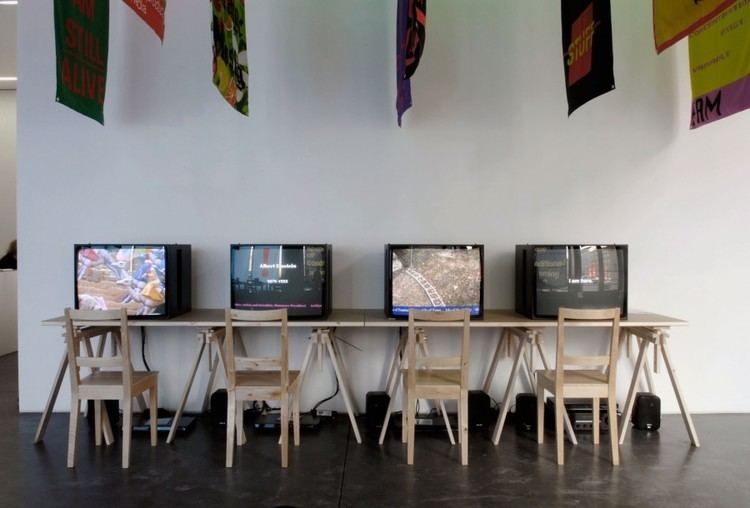
Green wrote Discourse on Afro-American Art as her graduating thesis from Wesleyan University, a “textual analysis of criticisms, which were written by both Black and White critics from the 1920s and the 1960s.” A seminal influence was Green’s participation in cataloging Sol LeWitt’s donated collection to Wadsworth Atheneum. Green wrote the catalog entries for Adrian Piper, and Lawrence Weiner.

In 2014 Renée. Green published, Other Planes of There: Selected Writings with Duke University Press, a work that compiles a substantial collection of her work written between 1981 and 2010.
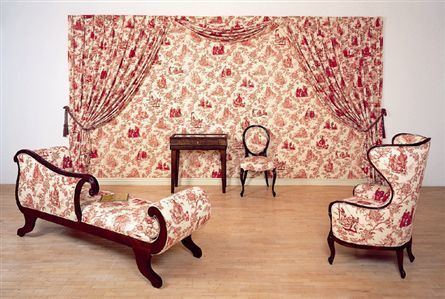
Ren e green ongoing becomings mus e cantonal des beaux arts lausanne
Work
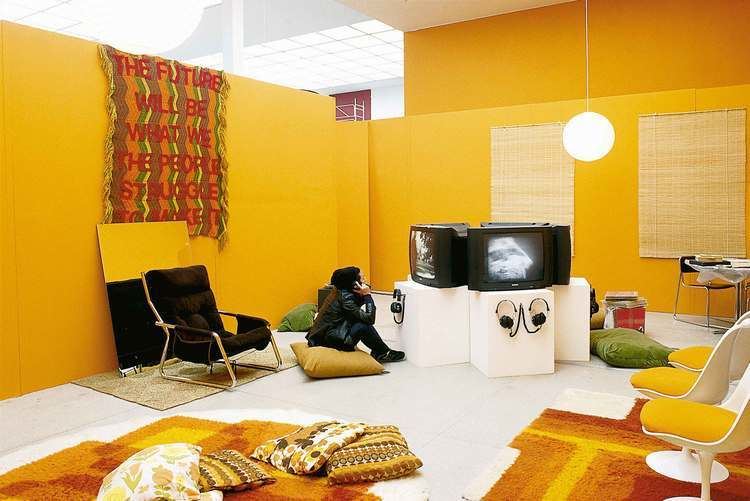
Green’s work adopts the form of complex and highly formalized installations in which ideas, historical events and narratives, as well as cultural artifacts, are examined from myriad perspectives. As scholar Alexander Alberro notes, Green’s attempt is not a didactic one, rather an invitation to participate in the construction of knowledge, as well as shifting perception: “Green consistently gives the spectator a central role in the process of deconstructing genealogical discourses and assuming subject positions. Indeed, a feature that recurs in her installations is the production of interactive environments that galvanize the viewer into the role of an equal participant in the construction of meaning.”
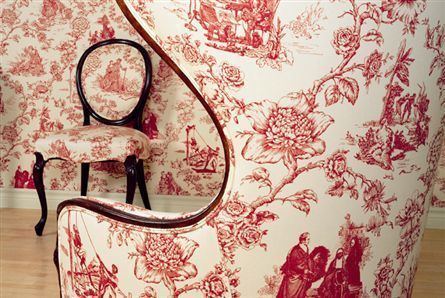
Green explains in her own words the impetus behind this activity of collecting and exhibiting different data and materials: “I wanted to begin by examining an artifact, a text, a painting or a group of paintings, a decorative object, an image, a novel, a poem, a garden, a palace, a house. By beginning with these objects or places, and the contexts in which they appeared, it was possible to detect the intricate working of certain ideologies which were being put forth [...] and to attempt to decipher the contradictory pleasure which might accompany them."

A lot of the materials collected for her projects come from the immense repository already in existence in our culture, but her work can not be considered as a mere assemblage of cultural artifacts, nor an appropriationist practice. In each of her projects, Green produces works of art in different mediums like photography [Secret (1994–2006)], prints [Code: Survey], films [Some Chance Operations (1999); Wavelinks (2002), Elsewhere? (2002], and sound [Vanished Gardens (2004), Muriel’s Words (2004)], which are integrated in highly designed installations or environments. Due to the selective accumulation of materials Green’s work has been labeled in some instances as archival.
As a result of the complex web of relations and conceptual links among the materials and projects, these normally take place during a duration of time, and in different locations, in which the same theme is presented in different formats. For example, Import/Export Funk Office (1992), was presented as an installation in Cologne and Los Angeles, and exists also as Cd-Rom (1996); or Code: Survey (2005–2006) takes the form of a permanent public work installed at the Caltrans Headquarter in Downtown Los Angeles, and as a website, which can be accessed worldwide. [1]
Renée Green’s displayed twenty-eight small fabric banners at her 2016 exhibit at the Nagel Draxler Galerie, Nagel Draxler writes, "Combining aspects of continuity and rupture, the installation served as a relatively immediate illustration of what Green—borrowing a term from literary theorist Mary Louise Pratt—has called the "contact zone," referring to the encounter staged in her practice between disparate people, cultures, and events. In the contact zone, discrete genealogies become entwined." These banners were created for and originally exhibited during her 2015, Begin Again, Begin Again, exhibit at the MAK Center for Art and Architecture, in the former Los Angeles home of Viennese modernist architect R.M. Schindler (1887–1953). The 2015 Renée Green's Begin Again, Begin Again exhibition included an installation created with ten years worth of art works that traces multiple bodies movement through time and space. A rather esoteric exhibition’s statement describes the various installations as a “circulatory experience,” where all facets—material and immaterial—combine to “perform” the Schindler House through “converging contrapuntal points.” Begin Again, Begin Again (Circulatory Sound)(2015) features a baritone voice that utters “begin again, begin again.” The voice of this masculine persona is that of the artist’s brother, Derrick Green, a frontman for the heavy metal group Sepultura. The show’s centerpiece is Begin Again, Begin Again I. 1887–1929 (2015), the single channel forty-five minute video montage interweaving images of the house with historic footage, oceanic tidal scenes, and various architectural sites.
Indeed, Renée Green’s video works tend to be more formally subtle. Her video, Climates and Paradoxes (2005), considers the centenary of Albert Einstein's theory of relativity via an excavation of the history of a high-rise apartment building in Berlin that Green once lived in and that occupies the former site of the pacifist organization Bund Neues Vaterland, of which, the video's associative narration informs us, Einstein was the twenty-ninth member. Walking in NYL (2016), follows from Green's long-standing interest in Lisbon and the broader Portuguese sphere of influence.
Projects
A brief description of selected Green’s projects.
Import-Export Funk Office (1992) is a subjective map of the flow of hip hop music and related culture between New York City, Los Angeles and Cologne. The work explored “the process of information gathering and the international, national and local transfer of cultural products (specifically hip-hop music, various material produced as a result of the African diaspora… [and] other forms of cultural commerce).” Green positioned herself as an artist-ethnographer, studying the “import/export” of Hip Hop culture through German cultural critic Diedrich Diederichsen, whom Green treats as a “native informant” while he assessed that state of Hip Hop in the United States through German magazines. Green confronted ideologies surrounding cultural economy and pointed to disparities between the production and economy of culture. The archive of cultural fragments she displayed challenged the ethics of cultural appropriation without historical context; images of Angela Davis and Theodore Adorno serve to further confuse the contexts of social translation.
Mise-en-Scène (1992), an investigation of the role in which French cities like Clisson and Nantes played in the Atlantic slave trade.
Secret (1994). Green inhabited an apartment at Le Corbusier’s Firminy Unité d'Habitation, and documented her stay via photographs and video.
Partially Buried in Three Parts (1995–1997). Robert Smithson’s land art work Partially Buried Woodshed (1970) functions as the starting point in Green’s examination of student’s protest movements in the United States, which focuses in the Kent State shootings, as well as in Kwangju’s student’s massacre which took place in Korea in 1981, also known as Gwangju Democratization Movement. In its installation form, the work presents an examination of the year 1970 from different perspectives.
Some Chance Operations (1999). An essay-film about Italian filmmaker Elvira Notari.
Elsewhere? (2002–2004). The film Elsewhere? was created for an installation located in a garden setting in Kassel, for Documenta 11, Standardized Octagonal Units for Imagined and Existing Systems (2002). The film explores the idea of imaginary places, as well as the history of gardens and gardens architecture or follies. In 2003 Elsewhere? was presented as an installation at Portikus, Frankfurt where 1400 colored imaginary places names covered the spaced walls [2].
Muriel’s Words (2004) Andrew McNeely describes this fifty minute, single channel sound installation, “In a soft and scarcely audible voice,Green gently whispers a series of discontinuous excerpts from the work of the U.S. poet and activist Muriel Rukeyser (a continual source of fascination for the artist). Cryptic passages such as “it is their violence” and “land, allow me to stand” are read under the breath. The hushed tone leaves one with the sensation of rudely eavesdropping on someone secretly reciting journal entries.”
Endless Dreams and Water Between (2009). In this project commissioned by the National Maritime Museum, Greenwich, Green created an immersive environment in which through drawings, sound, banners and films ideas of islands, physical or mental, are explored. In a film titled as the exhibition, fictional characters write to each other reflecting on a different range of subjects, among these historical figures like George Sand, Laura Riding, Frédéric Chopin, Robert Graves, and Llorenç Villalonga; the characters also investigate longer histories of the three locations that they inhabit: Majorca, Manhattan, and the San Francisco Bay Area. Endless Dreams and Water Between.
Due to the density and formal complexity of her different projects, Green uses the standard catalogue published alongside her exhibitions, as a part of her work. These books function in a variety of levels: as an exhibition catalogue, as an artist's book, as a repository of documents, as transcripts of conversations and scripts of the films and videos produced for the different projects .
In 1997 Green was chosen by the American Federation of the Arts to design Artist/Author: Contemporary Artist's Books.
Green has also written extensively, and her work has been published in different publications from United States and Europe. Among the publications are October, Texte zur Kunst, Transition, Sarai Reader, Multitudes, and Collapse.
Green as educator
Even though an artist, Green has also been working as an educator. She has been guest faculty at the Whitney Museum of American Art Independent Study Program (ISP) since 1991, and became the Director of the Studio Program in 1996-1997. From 1997 to 2002 she was Professor at the Akademie der bildenden Künste in Vienna. In 2003 she moved back to the United States to become Distinguished Artist Professor at the University of California, Santa Barbara. From 2005 to June 30, 2011 Green was Professor and Dean of Graduate Studies at the San Francisco Art Institute. During her tenure as Dean she directed Spheres of Interest, the Graduate Lecture Series. She is currently a Professor at the Art, Culture and Technology (ACT) Program, School of Architecture and Planning, Massachusetts Institute of Technology. Other teaching venues as guest professor have included Yale University, Vermont College, Hochschule der Kunst in Berlin, and the Hochschule für Angewandte Kunst, Vienna.
Awards
In 2010 Green won a United States Artists Fellow award.
